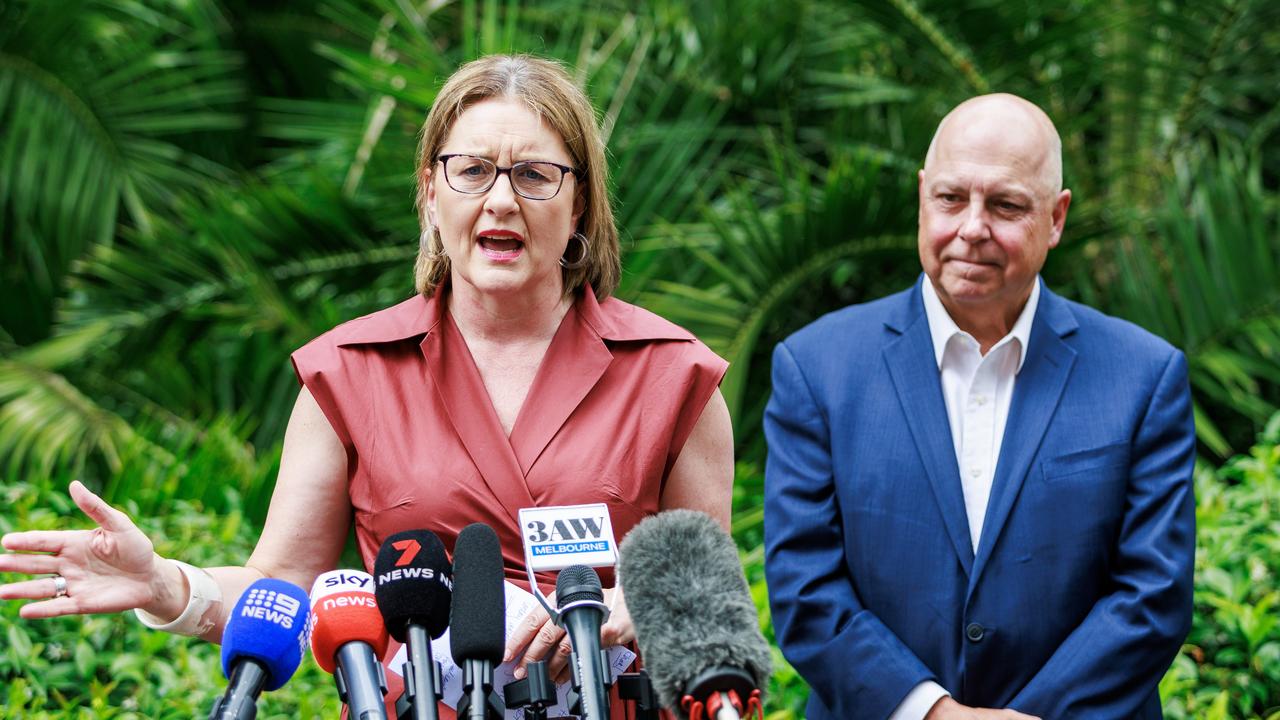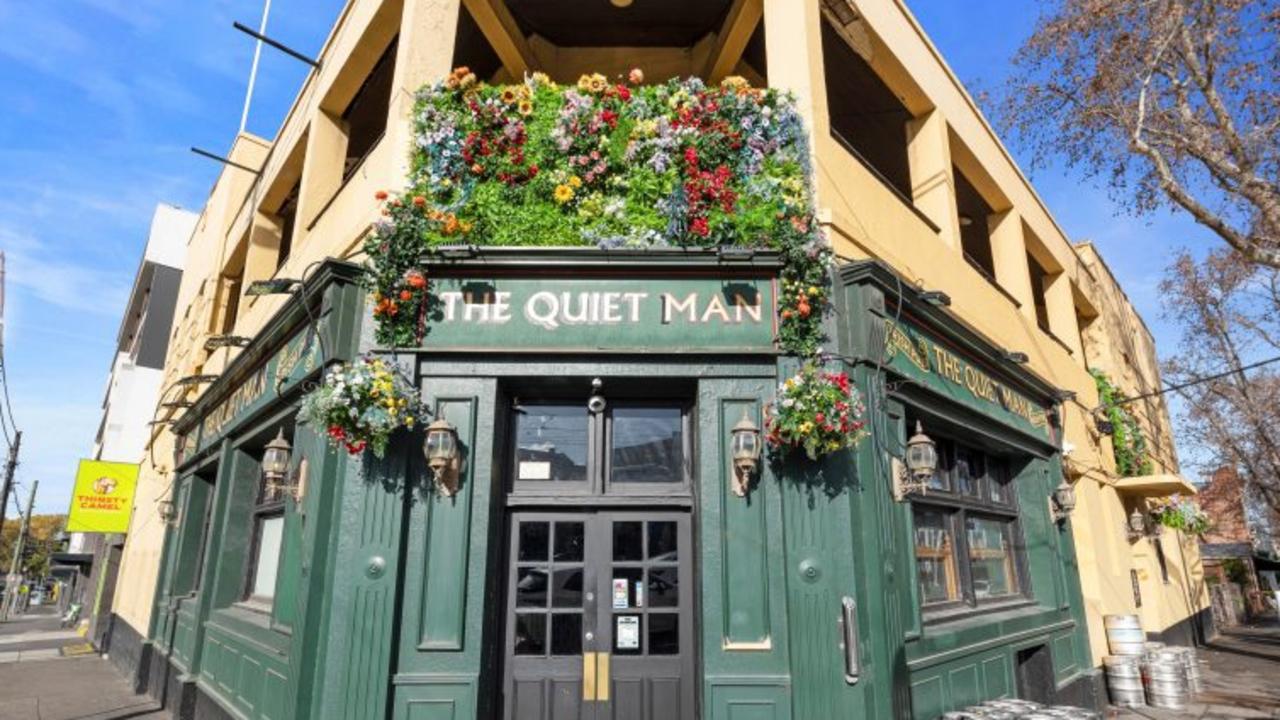First aid training plea, as at-home hazards lead to hospitalisation, death
Most accidents that land people in hospital are happening at home – but a startling number of households are lacking first aid training. See the biggest risks to your family’s safety.
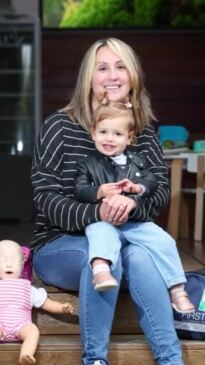
News
Don't miss out on the headlines from News. Followed categories will be added to My News.
A third of accidents that require hospitalisation are happening in the home – but almost two in three Australians say no one in their household has learnt first aid.
The alarming figures have been released by St John Ambulance Victoria as it pledges to provide more first aid classes in more locations, with the aim of doubling the number of people it trains annually to 300,000.
Just 19 per cent of the 1100 people SJAV surveyed were confident someone they lived with could administer first aid if an accident occurred at home. Only 9 per cent were very confident in their own ability to step up in an emergency.
“Most accidents requiring hospitalisation are happening at home because it is the place we spend the most time (and) where people feel the most comfortable and the safest, which can mean their guard is lowered,” SJAV chief executive Gordon Botwright said. “Hazards in homes are also effectively unregulated, apart from some items like pool fencing.
“Kids under five are the most vulnerable.”
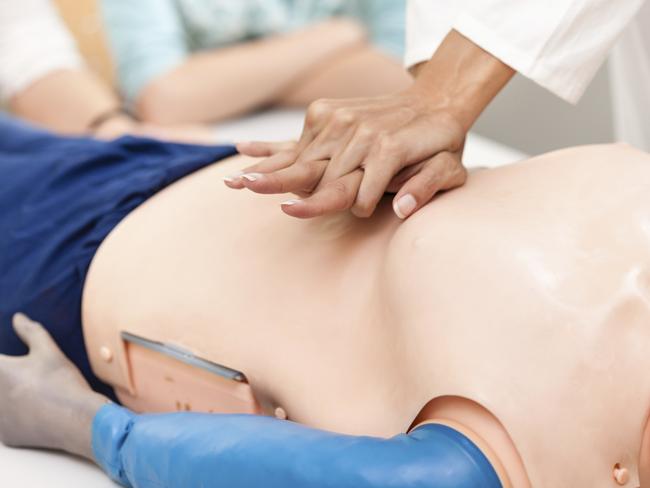
The hazards Victorians should be most wary of include:
Falls – identified as the nation’s leading cause of injury hospitalisation (about 230,000 per year) and death (5800) by the Australian Institute of Health and Welfare;
Choking and suffocation, which lead to about 1500 hospitalisations and 1200 deaths annually;
Burns or scalds caused by hot drinks, foods, fats, cooking oils and hot water, which account for almost 3000 hospitalisations each year, according to the Victorian Injury Surveillance Unit;
Cutting and piercing injuries – the leading cause of kitchen-related presentations at Victorian emergency departments; and,
Gardening injuries, which the Royal Society for the Prevention of Accidents notes account for about 300,000 hospitalisations annually.
Posing particular danger to children are driveway accidents, with seven children aged 0-14 tragically killed and 60 seriously injured from being run over each year, according to Child Accident Prevention Foundation of Australia. Drivers advised to walk fully around their car before getting in and reversing to aid prevention.
And 20 seconds and a few centimetres of water is all it takes for a toddler to drown in a bathtub.
Sudden cardiac arrests also frequently occur at home – and of the 8000 Victorians who suffer them annually, less than 5 per cent survive.
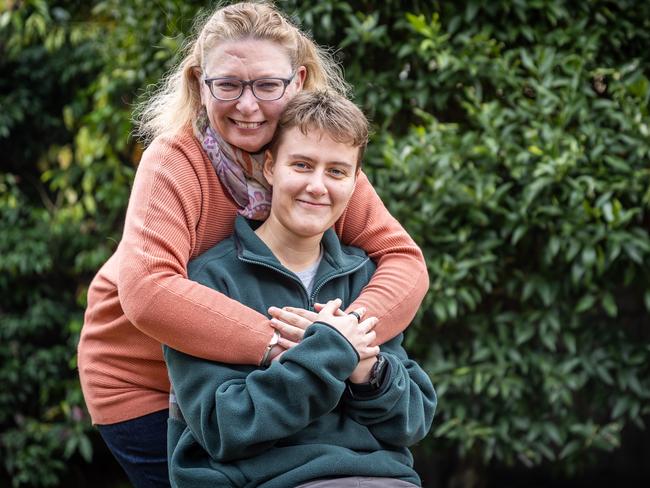
SJAV urges all parents to learn first aid, ideally before baby arrives. But their mission is to get as many Victorians trained to be lifesavers as possible.
“Imagine a Victoria where every individual is confident to respond promptly and effectively in a health emergency,” Mr Botwright said. “By doubling our delivery of first aid education programs, SJAV aims to turn this vision into reality.”
Armed with first aid training from school, 17-year-old Em O’Connor saved the life of her mum, Kylie, when she fell out of bed unconscious at their Carnegie home earlier this year.
“A loud bang woke me up (so I went into Mum’s bedroom) and saw Mum on the ground with blood all over her,” Em said. “She was screaming.
“Adrenaline hit me. I saw she had huge gashes on her forehead and eyebrow, so I got towels to compress those and called the ambulance.”
Kylie was rushed to hospital and is still recovering months later.
“Em saved my life,” she said. “If you’re left for too long when you’re bleeding from a head injury, it’s dangerous.
“It is so important for kids to be taught first aid.”
MOST COMMON ACCIDENTS AT HOME
Kitchen
-Choking on food
-Accidental poisonings among children
-Cutting and piercing injuries
-Burns or scalds from hot drinks, foods, fats, cooking oils, hot water
Bathroom
-Falls
-Bathtub drownings
Living room
-Choking on objects
-Injuries from unsuitable or dangerous toys
Bedroom
-Sudden cardiac arrests
-Falls involving beds or chairs
-Sleepwalking
Outside
-Children being run over in driveways
-Gardening injuries
-Falls on or from ladders
-Pool drownings
Sources: St John Ambulance Victoria, Child Accident Prevention Foundation of Australia, Victorian Injury Surveillance Unit, Australian Institute of Health and Welfare, University of South Australia, ABS


